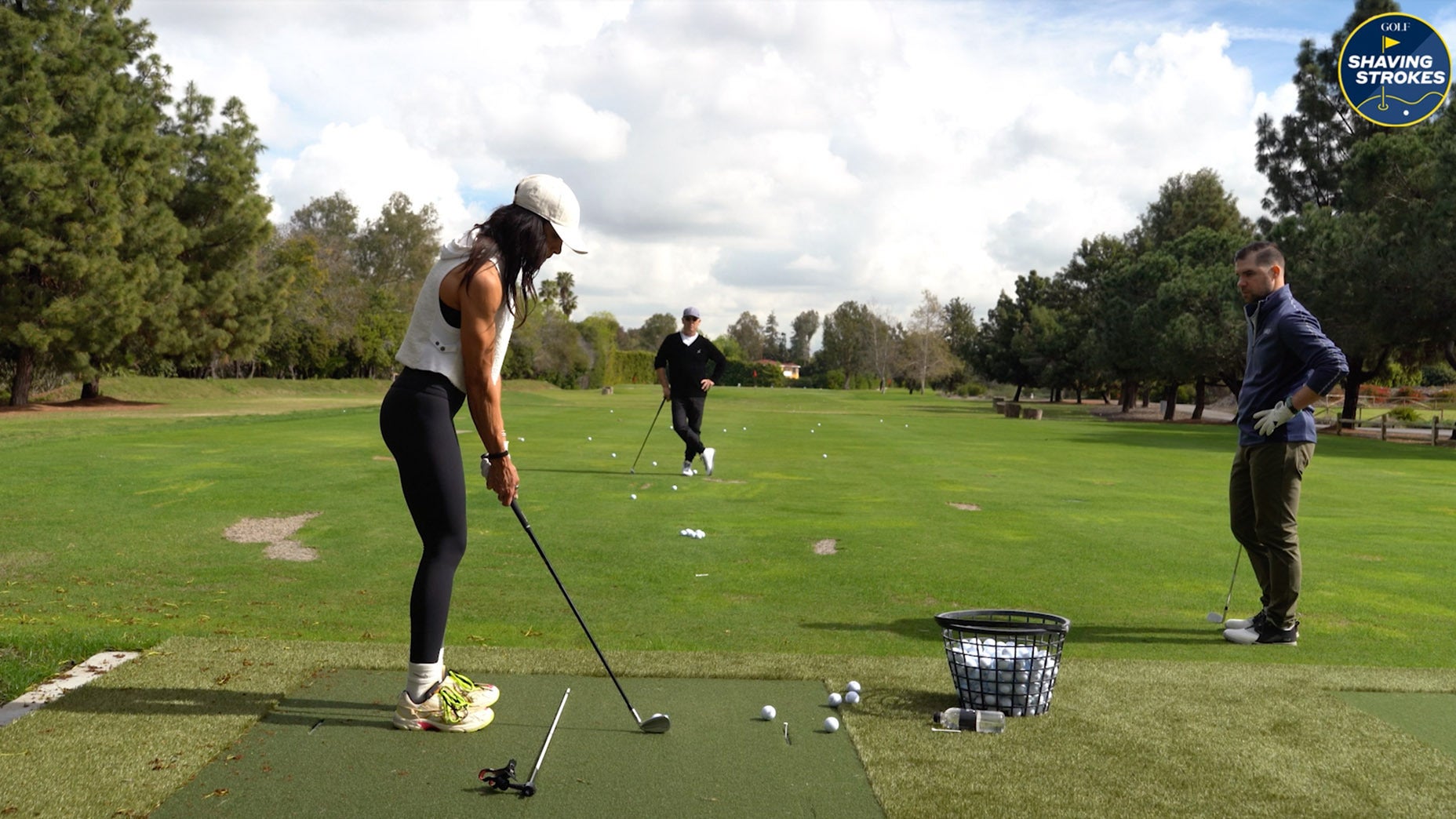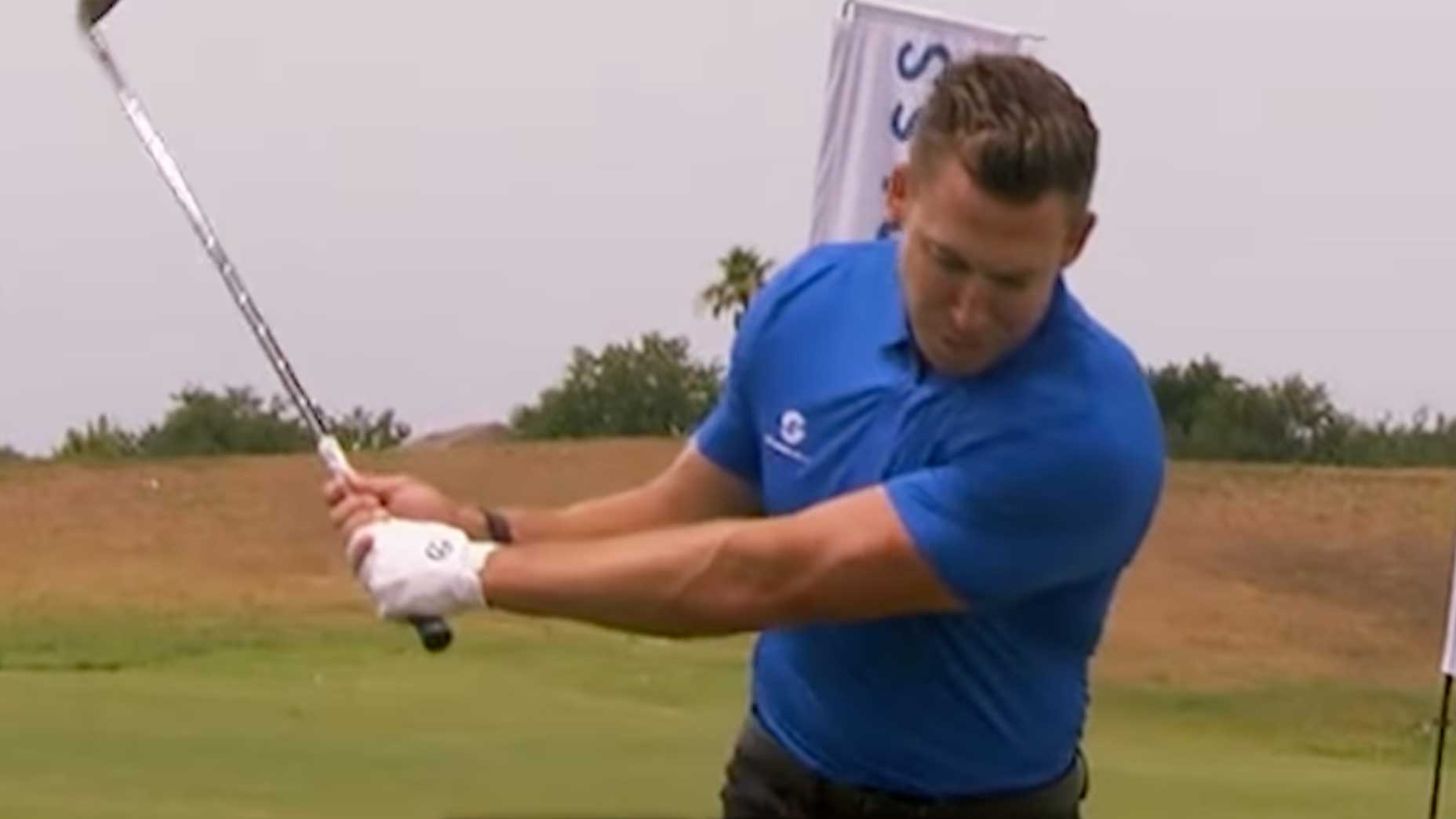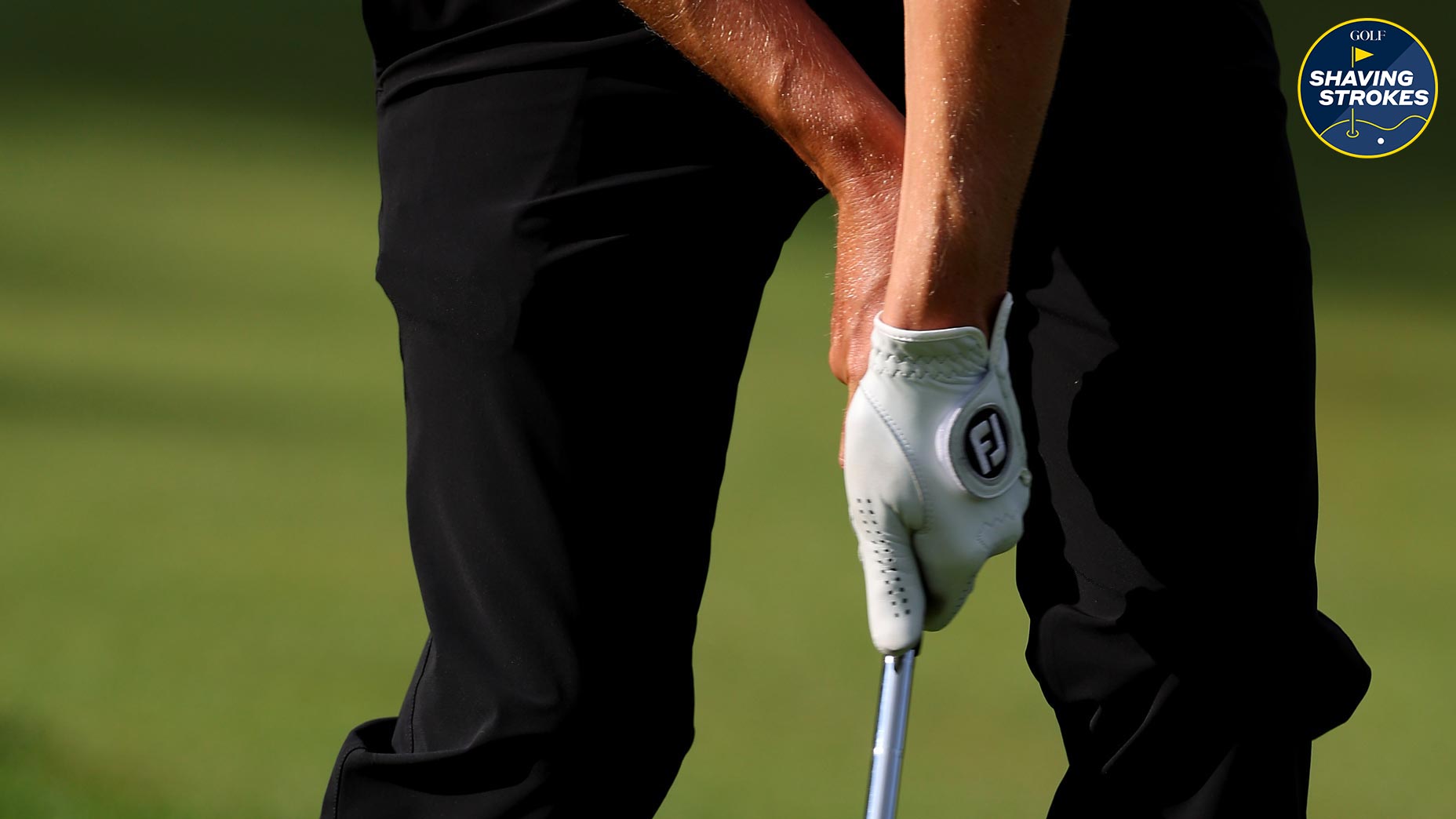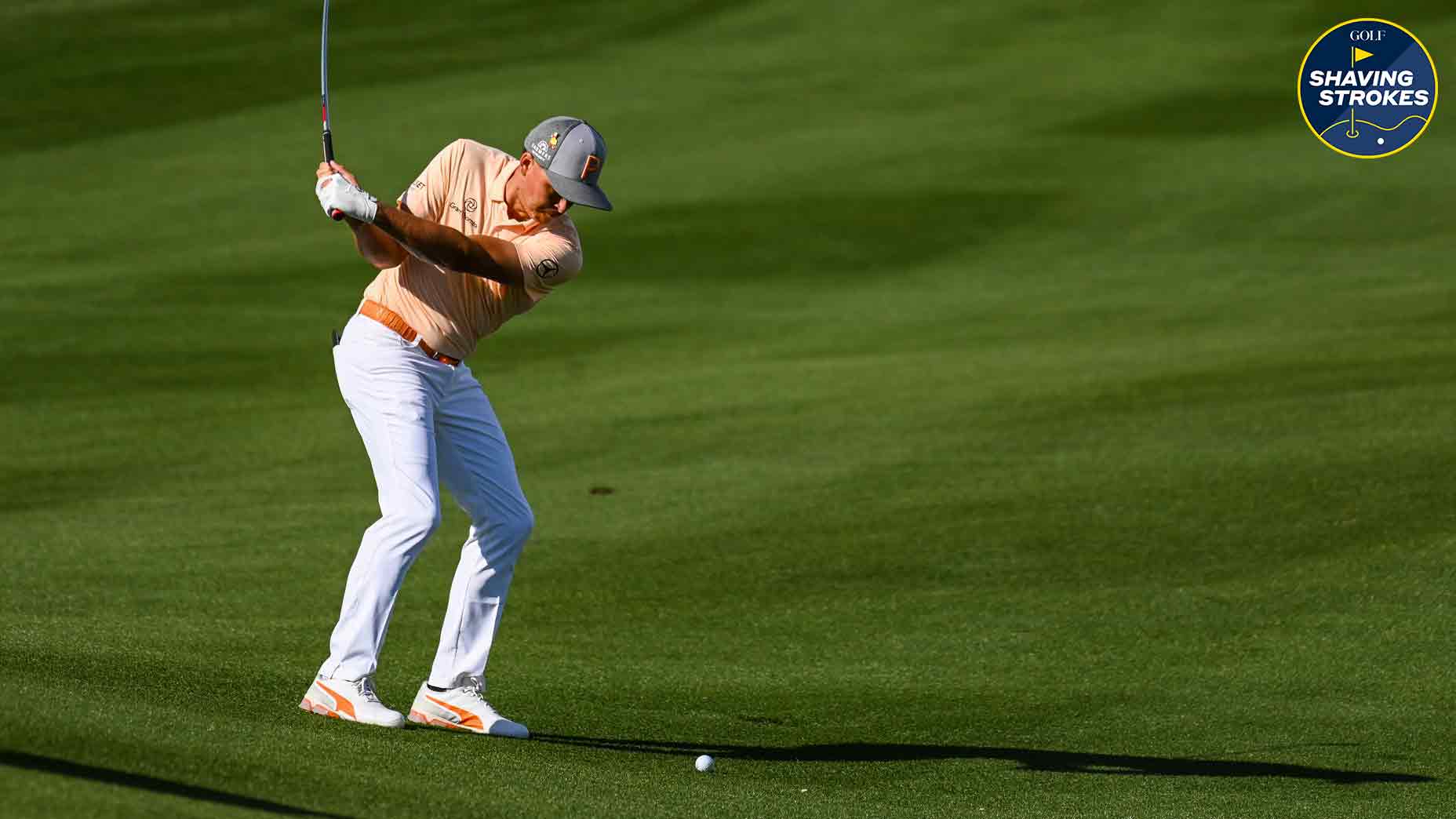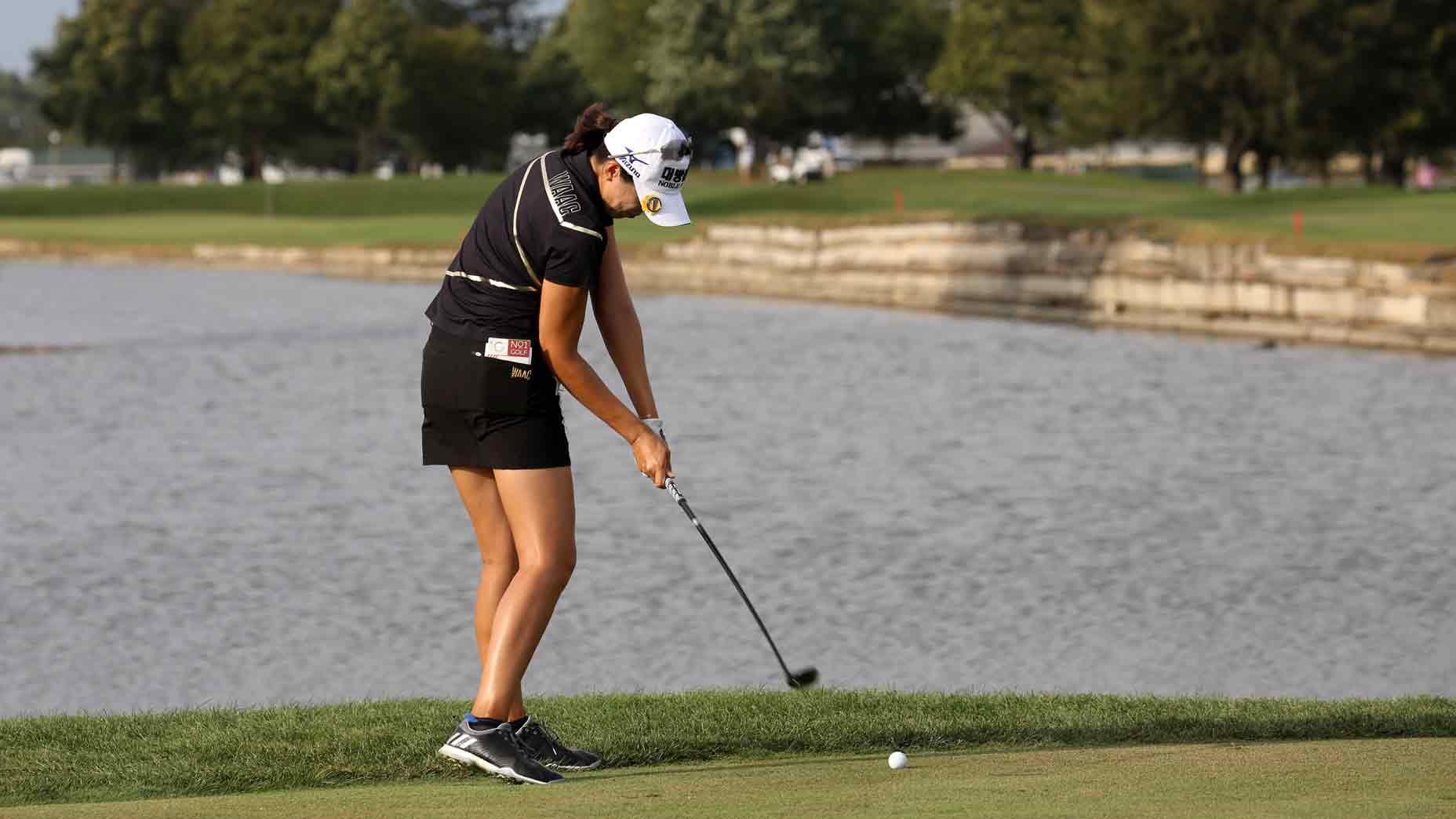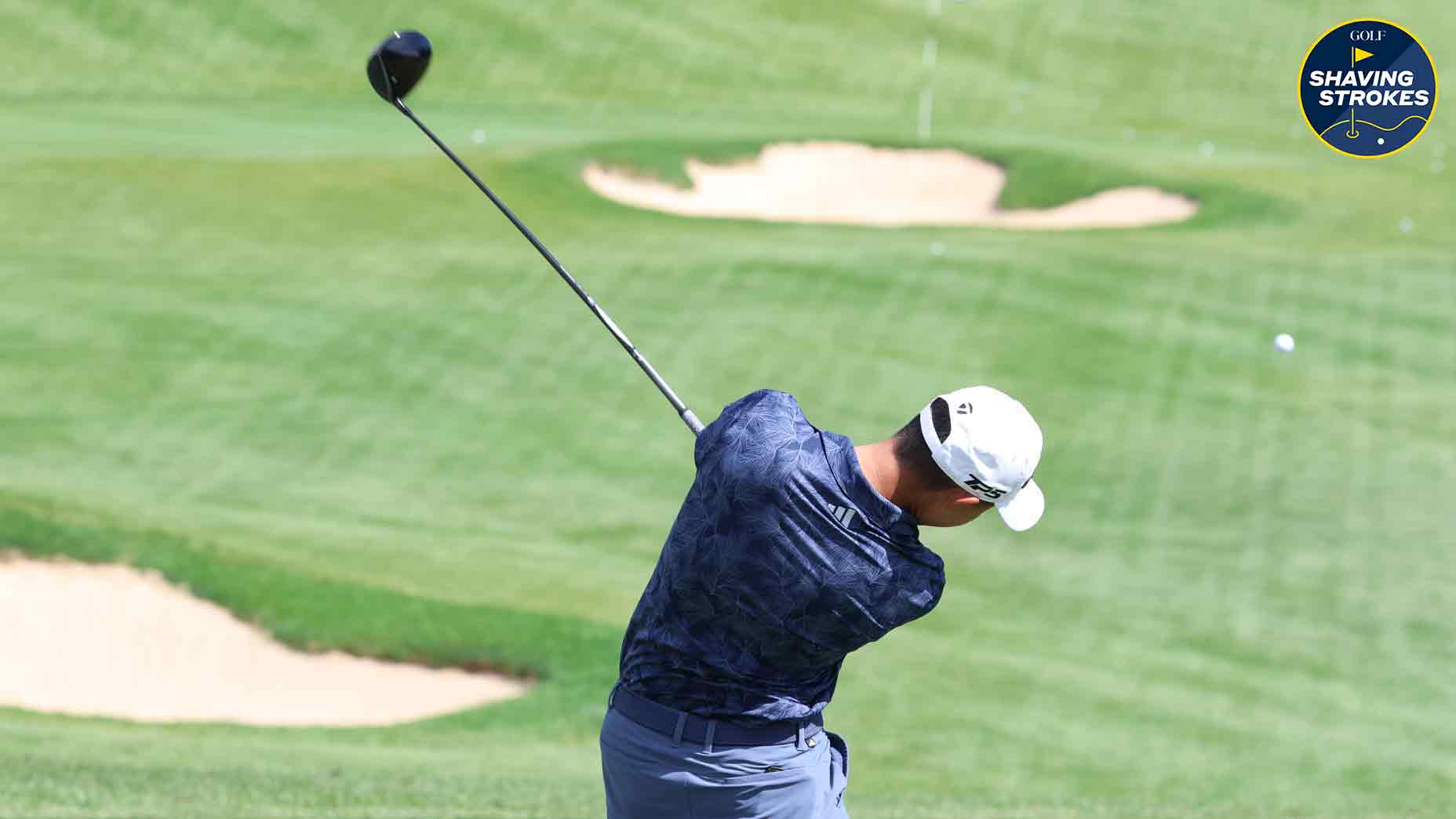3 ways to overcome a mid-round slump, per Jason Day’s performance coach
- Share on Facebook
- Share on Twitter
- Share by Email

According to Jason Day's performance coach, these are the things every golfer needs to remember when trying to overcome a mid-round slump.
Getty Images
Welcome to Shaving Strokes, a GOLF.com series in which we’re sharing improvements, learnings and takeaways from amateur golfers just like you — including some of the speed bumps and challenges they faced along the way.
The adrenaline’s flowing, you’re feeling good about yourself, and you’re excited about the round ahead — then it happens — the dreaded mid-round slump.
Every golfer has dealt with this feeling at some point, and when it happens, it can ruin your entire experience. Instead of having fun, you’re thinking about everything and tinkering with your swing.
But instead of feeling lost, there are ways to recover quickly and rediscover your game — you just need to know a few simple tips first.
What Jason Day’s performance coach says to do when in a slump
In a recent conversation with Jason Day’s performance coach, Jason Goldsmith, I asked him about the best approach when dealing with a mid-round slump. Instead of overthinking and sending out an SOS to all nearby golf instructors, use the following tips from Goldsmith to regain your confidence and save your round from disaster.
Trust your process
Every player knows this, but it’s worth repeating: Golf is hard. So when you feel like your game’s spiraling and headed toward a mid-round slump, Goldsmith suggests stepping back and just continuing your process.
“Everybody’s going to hit and have unwanted outcomes,” he says. “The issue is, most people choose to then start thinking more about how to swing [after an errant shot]. They describe some kind of mechanical thing that they did wrong.”
But Goldsmith says that every player needs to trust the process, which means having a process to begin with!
Why Jason Day adds a unique multi-colored design to his golf ballBy: Jonathan Wall
“Have a process that you believe in and reminds yourself to have a clear intention, providing your body with the information it needs to perform” he adds.
To help Day find his process, he and Goldsmith worked with Bridgestone to develop a routine that’s easily displayed on the golf ball. It’s goal? To help dial in your mental game before every shot. The “Mindset” design is now found on the cover of Bridgestone’s Tour B lineup.
“You know, that’s the reason why we created this process, and put this process on the golf ball — because we want to give people a system,” Goldsmith explains.
Avoid making mid-round swing changes
Most of us just assume that we’ve simply lost the ability to swing the golf club when our scores start to inflate. If this happens, we try correcting swing flaws in real time while on the golf course, which can do more harm than good.
But making swing adjustments only prevents you from fully committing to the shot, which is a recipe for poor play, says Goldsmith.
“[After hitting a bad shot] ask yourself how committed you were, and if you had a clear intention,” he adds. “It wasn’t that your swing all of a sudden failed you, but that’s the way that most people think.”
Goldsmith then reminds amateurs that practice is meant for trying changes, but playing is meant to stick with your processes.
“When you’re on the course, it’s not a golf lesson. When you’re on the course, it’s meant for playing golf,” he says. “In order to play golf, you need to remember the process you’ve always trusted, which will free you up to be the best athlete you can be in that moment.”
Don’t think, just play
There’s a reason why golfers often joke about playing better after a few adult beverages: because they stop thinking and start performing. They play with little fear of the outcome.
But you don’t need to have a couple of cold ones to get out of your own head, you just need to remember why you’re playing in the first place — to have fun!
“If you’re thinking about playing golf, you’re not playing golf. You can either play, or you can think about playing. But when you’re thinking about playing, you’re no longer playing,” Goldsmith says. “When you feel like you need to start having mechanical thoughts, you need to recognize it and then go all in to athleticism and freedom.
“When I started with Jason Day in 2012, we wanted to create a mental process that brought the most athleticism and freedom out of his physical process.”
So do your best to block out the internal voices or all the tips you’ve read about, seen, or received, and play as freely as possible in order to score your lowest.
“If you’re thinking about every position the golf club’s supposed to be in, and you have this ideal image of perfection in your mind, you’re going to fail,” Goldsmith adds. “And you trying to live up to perfection for every golf shot turns the game into a chore.”

Bridgestone Tour B XS Golf Balls
$44.99
View Product
Latest In Instruction

Nick Dimengo
Golf.com Editor



